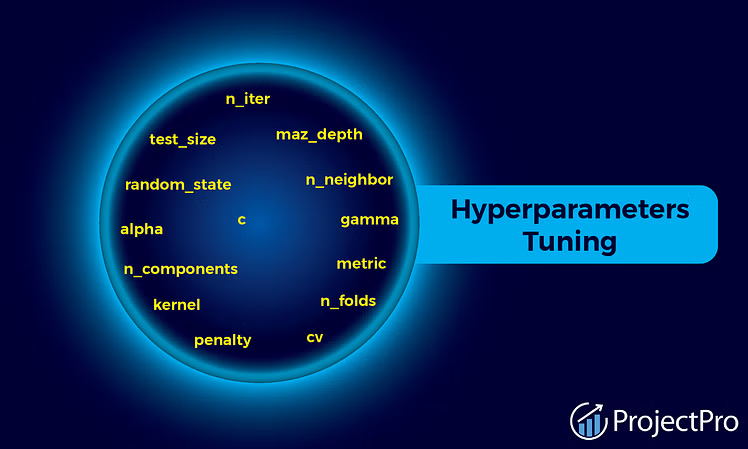When you have a groundbreaking idea for an AI-driven application, fine-tuning is the secret sauce that can bring it to life. It’s like teaching a pre-trained AI model a new trick – adapting its vast general knowledge to excel at a specific task.
Fine-tuning doesn’t reinvent the wheel; it customizes a pre-trained model to suit your unique needs, whether that’s spotting anomalies in medical scans or interpreting customer feedback. At the heart of this process lies hyperparameters, the key to optimizing performance and achieving exceptional results.
What is Fine-Tuning?
Fine-tuning is akin to an artist who specializes in landscapes deciding to master portraiture. The foundational skills are there, but adapting to a new domain requires finesse and practice. In AI, fine-tuning lets models specialize in tasks by retraining them with smaller, task-specific datasets.
However, the balance is delicate. Overtraining risks making the model overly fixated on the new data, while undertraining could leave it ill-prepared. This is where hyperparameter tuning shines.
Why Hyperparameters Matter
Hyperparameters are the controls that dictate how a model learns. They influence how much, how fast, and how deeply the model adapts to new data. Proper tuning separates a mediocre model from a remarkable one.
Without careful adjustment:
- Too aggressive settings may cause overfitting or missed solutions.
- Too cautious adjustments can lead to slow learning or subpar performance.
Hyperparameter tuning is like steering a conversation with your model—testing, refining, and repeating until you achieve harmony.
Key Hyperparameters for Fine-Tuning
1. Learning Rate
The learning rate determines how quickly a model updates its understanding during training.
- High rates risk skipping optimal solutions.
- Low rates may result in sluggish progress.
Finding the sweet spot ensures efficient training without sacrificing accuracy.
2. Batch Size
Batch size controls how many data samples the model processes at once.
- Large batches speed up training but might overlook nuances.
- Small batches are slower but more precise.
A balanced batch size often yields the best results.
3. Epochs
An epoch represents one full pass through the dataset.
- Too many epochs can lead to overfitting.
- Too few might leave the model undertrained.
The right number of epochs varies by task but should balance depth and efficiency.
4. Dropout Rate
Dropout prevents the model from over-relying on specific pathways by randomly disabling certain parts during training. This encourages creativity and robust learning.
5. Weight Decay
Weight decay discourages the model from becoming overly attached to any one feature, helping it generalize better.
6. Learning Rate Schedules
Adjusting the learning rate over time—starting bold and tapering off—mirrors how artists begin with broad strokes and refine details later.
7. Freezing and Unfreezing Layers
Pre-trained models have layers of knowledge. Freezing layers preserves prior learning, while unfreezing enables adaptation. The decision depends on the similarity between old and new tasks.
Common Challenges in Fine-Tuning
Despite its promise, fine-tuning has its challenges:
- Overfitting: Small datasets can lead to memorization instead of generalization. Solutions include early stopping, weight decay, and dropout.
- Resource Intensity: Hyperparameter optimization can be computationally expensive. Tools like Optuna or Ray Tune help automate the process.
- Task Specificity: Every task demands a unique approach, requiring experimentation.
Tips for Fine-Tuning Success
- Start with Defaults: Use recommended settings for your pre-trained model as a baseline.
- Consider Task Similarity: Make minimal changes for similar tasks and more significant tweaks for diverse tasks.
- Monitor Validation Performance: Ensure the model generalizes effectively by evaluating it on separate validation data.
- Start Small: Test on smaller datasets to troubleshoot issues before full-scale training.
Final Thoughts
Hyperparameter tuning transforms AI models into specialized problem solvers. While the process requires trial and error, the payoff is clear: a model fine-tuned to perfection, delivering results that go beyond “good enough.”
Join the conversation! Share your fine-tuning experiences in the comments below.
Sources: https://www.artificialintelligence-news.com/news/the-role-of-hyperparameters-in-fine-tuning-ai-models/, https://www.projectpro.io/article/hyperparameters-in-machine-learning/856






